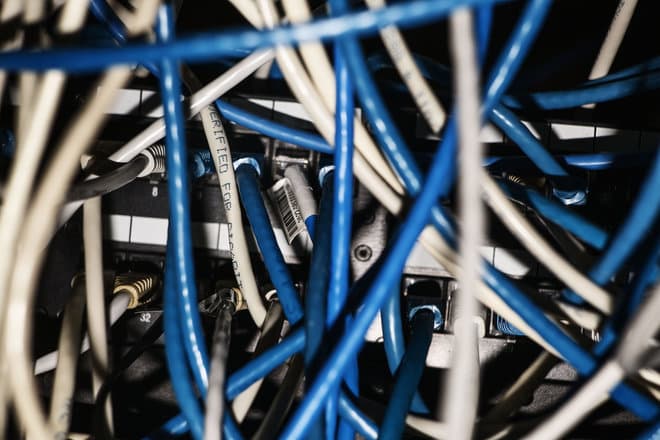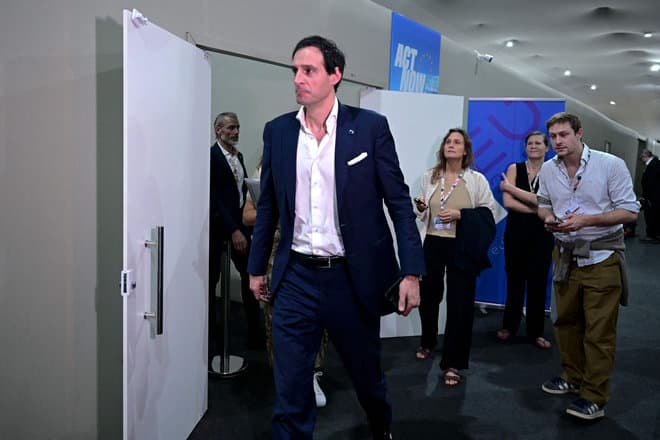
Energinet is now changing its practice for how large green energy projects are connected to the electricity grid. The previous first-come, first-served principle will be replaced from February 2026 by a prioritization model that will ensure that the most ready solar parks, wind turbines, battery systems and large electricity consumers are first in line. This is what Energinet writes.
The background is an increasing number of applications for connection to the transmission grid, which has led to long waiting times despite the fact that there is a large difference in how quickly the projects can be realized, if they can be realized at all. Therefore, Energinet will in future prioritize projects based on how mature they are and how efficiently they utilize the existing electricity grid.
- The first-come, first-served principle is no longer beneficial, neither for the green transition nor for the plant owners. Because this means that as a grid customer with a mature project, you can be in a long queue behind a project that is far less mature and that may not yet be much more than an idea on a PowerPoint slide. This unnecessarily delays the most mature projects' path towards electrification or green energy production, and this ultimately means a delay in the green transition, says Kim Willerslev Jakobsen, Director of System Responsibility at Energinet.
According to the new model, projects must meet minimum maturity requirements in order to be included in the queue. This requires documentation that the project can acquire the necessary areas, as well as a timetable that shows the expected progress for, for example, local planning and environmental permits. Only projects that meet these requirements can be screened by Energinet.
The projects are then assessed based on how efficiently they utilize the electricity grid. Projects that require the least expansion of the network, and that already have a local plan proposal adopted or are far along in the municipal process, will be given higher priority.
Energinet invites stakeholders to provide input to the model until January 1, 2026. The new prioritization model will enter into force on February 1, 2026 and will be continuously adjusted to further streamline the process towards grid connection.
amp
Text, graphics, images, sound, and other content on this website are protected under copyright law. DK Medier reserves all rights to the content, including the right to exploit the content for the purpose of text and data mining, cf. Section 11b of the Copyright Act and Article 4 of the DSM Directive.
Customers with IP agreements/major customer agreements may only share Danish Offshore Industry articles internally for the purpose of handling specific cases. Sharing in connection with specific cases refers to journaling, archiving, or similar uses.
Customers with a personal subscription/login may not share Danish Offshore Industry articles with individuals who do not themselves have a personal subscription to Danish Offshore Industry.
Any deviation from the above requires written consent from DK Medier.




























